IAF Army Navy Officers Defence entries for year 2017 such as AFCAT 1 2017 or AFCAT 2 2017 and CDS 1 2017 or CDS 2 2017 or Territorial Army 1 2017 or Territorial Army 2 2017 or NDA 1 2017 or NDA 2 2017. They all have have General Knowledge section common in their syllabus. For the aspirants of above entries we are sharing General Knowledge Practice MCQs For 2017 Defence Entrance Exams.
General Knowledge Practice MCQs For 2017 Defence Entrance Exams
1. Which one of the following statements about reusable space vehicle of ISRO is not correct?
(a) In June 2016, ISRO successfully launched India’s first reusable space vehicle.
(b) The space vehicle was launched from Satish Dhawan Space Centre at Sriharikota in Andhra Pradesh.
(c) The reusable launch vehicle climbed to a height of 65 km before automatically steering back for landing.
(d) The vehicle was initially boosted by a rocket that contained liquid fuel.
2. Which one of the following statements is not correct?
(a) BrahMos is a supersonic cruise missile made by India and Russian Federation.
(b) The name BrahMos came from two rivers, Brahmaputra of India and Moskva of Russia.
(c) Indian military scientists were capable of integrating BrahMos cruise missile with Sukhoi-30 MKI fighter.
(d) Defence Research and Development Organization is the manufacturer of Sukhoi-30 MKI fighter.
3. Which one of the following sources tell, us about women protesting against the infidelity of their husbands or the neglect of the wife and children by the male head of the household?
(a) The Kitab-ul-Hind
(b) Documents belonging to the Villap Panchayats of Rajasthan, Gujarat and Maharashtra
(e) Sculptures from Mandor
(d) The Ain-i-Akbari of Abul Fazl
4. The All India Census was
1. first attempted in 1872
2. regularly undertaken since 1881
3. always undertaken as a five-year exercise
Select the correct answer using the code given below.
(a) 1 only (b) 2 and 3 only (c) 1 and 2 only (d) 1, 2 and 3
5. Match List-I with List-II and select the correct answer using the code given below the Lists :
List-I (Historian) A. Sumit Sarkar B. Shahid Amin C. Ranajit Guha D. Bipan Chandra
List-II (Book) 1. The Rise and Growth of Economic Nationalism in India 2. A Rule of Property for Bengal 3. The Swadeshi Movement in Bengal, 1903-1908 4. Event, Metaphor, Memory–Chauri Chaura, 1922-1992
Code :
(a)A BCD 3 4 2 1
(b)A BCD 3 2 4 1
(c) A B C D 1 2 4 3
(d) A B C D 1 4 2 3
6. What form of Shiva is most prominent in the Brihadeshvara Temple built by the Chola dynasty?
(a) Harihara
(b) Bhairava
(c) Rudra
(d) Tripurantaka
7. The basic structure doctrine with reg04 to the Constitution of India relates to
1. the power of judicial review
2. the judgment in Kesavanan Bharati case (1973)
3. the constraints on Article 368 of the Constitution of India
4. the judgment in Golaknath case (1967)
Select the correct answer using the code given below.
(a) 1, 2 and 3 only
(b) 1, 2, 3 and 4
(c) 1 and 3 only
(d) 2 and 4 only
8. Which of the following fundamental rights as enshrined in the Constitution of India belong only to the citizens?
1. Article 19 (Protection of right to freedom of speech)
2. Article 21 (Protection of life and personal liberty)
3. Article 15 (Prohibition of discri-mination)
4. Article 16 (Equality of opportunity)
Select the correct answer using the code given below.
(a) 1, 2 and 3
(b) 2, 3 and 4
(c) 1, 3 and 4
(d) 1 and 4 only
9. A citizen of India will lose his or her citizenship if he or she
1. renounces Indian citizenship
2. voluntarily acquires the citizenship of another country
3. marries a citizen of another country,
4. criticizes the Government Select the correct answer using the code given below.
(a) 1, 2 and 3 (b) 2, 3 and 4 (c) 1 and 2 only (d) 1 and 4
10. Which one of the following statements is not correct with respect to protection of individuals being tried for offences?
(a) A confession can never be used as evidence against the accused.
(b) The accused must have violated an existing law.
(c) An accused cannot be tried and punished for the same offence again.
(d) The quantum of punishment must be provided in law as it existed on the date of commission of an offence.


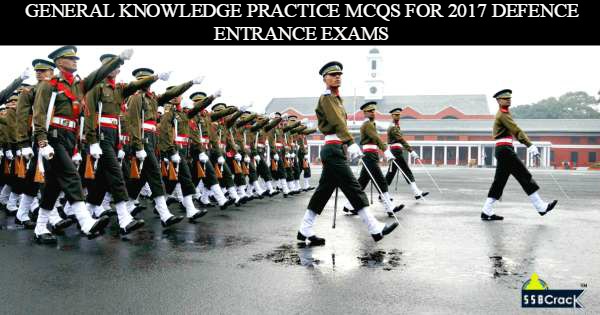
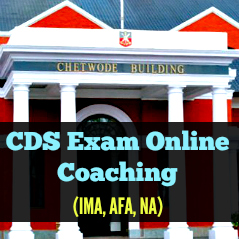
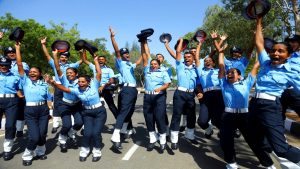
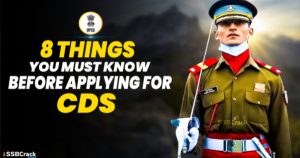
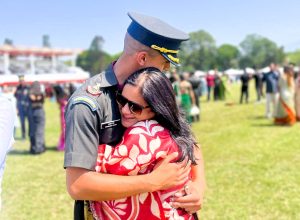

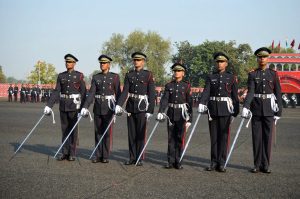
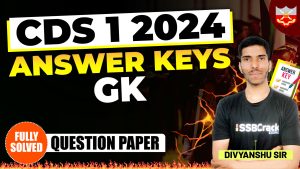











AT/po-barpali.dist-bargarh